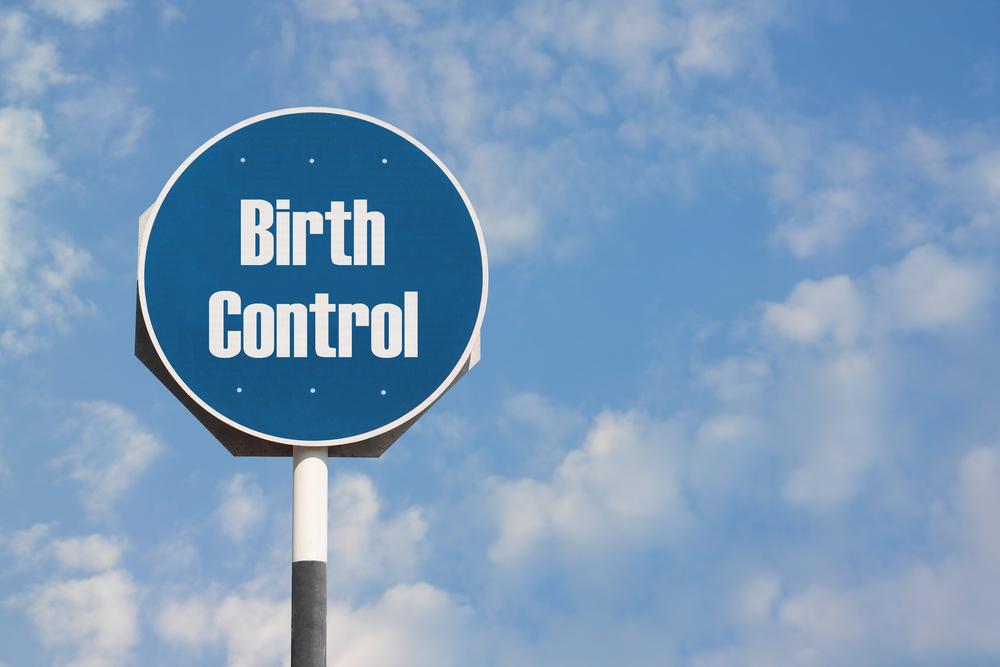
The Most Effective Birth Control Options
Birth control is a subject that nearly every adult must contemplate at one point or another. There is a wide variety of methods that one could use to prevent pregnancy or a sexually transmitted infection (STI). Today, we have a multitude of options for the form of birth control that suits us best. Yet there are pros and cons to even the most popular birth control options:
1. Birth control pills
Women have been using oral birth control pills since their inception in 1954. The pill uses synthetic progesterone and estrogen to repress ovulation in women, preventing pregnancy. The pill was also recommended by doctors to help women with regulating their menstrual cycle. The pill may also offer protection against pelvic inflammatory disease; a disease that can lead to infertility if left untreated.
On the opposite side of the coin, there are some side effects that can occur when taking birth control pills. Studies show that they can cause headaches, weight gain, breast tenderness, irritability, anxiety, and even nausea. Additionally, they may lead to depression and lowered sexual libido. The most serious complication that can occur when taking these medications is the formation of a blood clot in the heart, lungs, brains, or legs, particularly if the patient is a smoker.
2. Condoms
The most reliable and most common way to prevent both pregnancy and sexually transmitted infections is condoms. These little rubber sheaths are easy to find and relatively inexpensive to purchase; you can even get them for free at certain community health clinics. Reliability and easy access are just a couple of the positive aspects of using this birth control option.
Another important thing to consider is that condoms are a form of birth control that does not require you to put anything inside your body, unlike most of the other options on this list. On top of that, they are a very simple product to use.. However, there are some downsides to using this option as well. Those who are allergic to latex have trouble with latex condoms (however, there are alternative materials). Only 3% of condoms tear when putting them on or during intercourse, making them a very reliable method. Financially, condoms are a one and done product, therefore those who are consistently sexually active will have to keep purchasing them.
3. Birth control shots
The birth control shot (i.e., Depo-Provera) is a hormonal injection of Medroxyprogesterone acetate that prevents unplanned pregnancy for three months at a time. The shot is proven to be 99% effective when taken on time, ensuring a 1 in 100 chance of pregnancy.
Unfortunately, like the pill, the birth control shot does nothing to prevent the contraction of STIs. Birth control shots, like the pill, are also associated with several side effects including nausea, headaches, vomiting, irritability, depression, weight gain, and breast swelling and tenderness to name a few.



